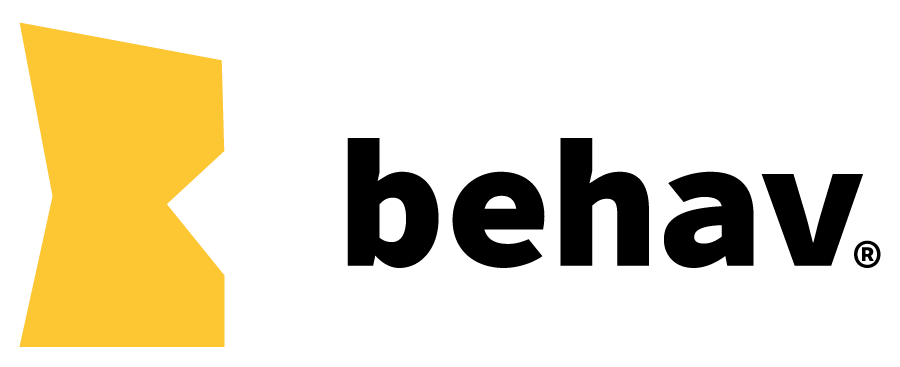Behavioural Problem Framing: What it is and why you need it.
What is Behavioural Problem Framing: Why do you need it?
Written by Lauren Alys Kelly
The Shift to Behaviour Thinking
In the complex world of design and business problem-solving, traditional problem framing often falls short. Historically, we've approached challenges with a focus on processes, technologies, or systems.
But what if there was a more comprehensive method that puts human behaviour at its core?
Enter Behavioural Problem Framing (BPF).
It’s not just a fresh perspective; it's a switch up in how we understand challenges.
Defining Behavioural Problem Framing (BPF)
At its heart, BPF is about peeling back the layers of a challenge to reveal the behaviours driving it. Imagine viewing your challenge through a lens that magnifies the underlying actions, habits, and routines. With BPF, you're not just identifying the 'what' but digging deep into the 'why'. It underscores the need for behavioural insights, offering a fuller, more holistic understanding of problems.
The Significance of Behaviour in Problem Framing
Every project, every challenge is, at its core, influenced by human behaviours. Consider a company grappling with declining sales. Traditional methods might pinpoint market saturation or competition. But with a behavioural lens, one might discover customers' evolving purchasing habits or perceptions.
The whole sector of Behavioural Design has been build on understanding and harnessing human behaviour to the benefit of sector from health to finance, sustainability, innovation and product. Now it's time to pull some of those approaches into your work.
The Unique Qualities of Behavioural Problem Framing
Perspective-Driven Insights: With BPF, you're gathering insights from a trifecta - the business, the end-users, and the inherent challenges themselves. It's like viewing a problem from three different cameras, ensuring no angle remains unexplored.
Behavioural Focus: Traditional problem framing stops at identifying issues. BPF takes you a step further. It’s about understanding the deep-rooted behaviours that birth and nurture these issues.
Opportunity Orientation: In the face of threats or risks, BPF equips you with the ability to pivot. It's about seeing opportunities in challenges, all by understanding and potentially altering behaviours.
Viability Check: Before diving headfirst into solutions, BPF prompts a reality check. It asks: Is changing this behaviour feasible? And what impact will it have?
Iterative Process: BPF isn't a one-off; it's a cycle. Insights from one stage enrich and enhance the next, ensuring a depth of exploration rarely seen in other methods.
Behavioural Problem Statement: At the culmination of your BPF journey, you'll craft a statement. This isn't just any statement. It’s a precise articulation of the behavioural issue and its ripple effect on larger goals.
Getting Started Using Behavioural Problem Framing
Explore the Method at BehaviourKit: Our method sheet on BehaviourKit offers you a free entry point. Understand the basics and the nuances of BPF at your own pace.
Master the Method with Our Masterclass: Elevate your knowledge by enrolling in Framing Problems: Unlocking opportunities using behaviour.
This session is designed to:
Illuminate behavioural opportunities lurking in challenges.
Guide you to pinpoint behaviours for streamlined problem-solving.
Navigate the balance of stakeholder aspirations with genuine human behaviours.
Empower you to draft potent behavioural briefs that inspire.
Arm yourself with the tools to address challenges at their behavioural core.
